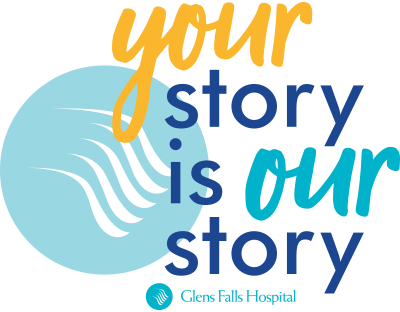What is a Mammogram?
A screening mammogram is the best tool available for finding breast cancer early, before symptoms appear. A mammogram is a special kind of x-ray that produces detailed images of the breast that are stored directly in a computer (digital). The Breast Center uses state of the art full-field digital mammography equipment to provide sharper and more detailed images of breast tissue for evaluation.
Mammograms can often detect a breast lump before it can be felt. Also, a mammogram can show small deposits of calcium in the breast. Although most calcium deposits are benign (not cancerous), a cluster of tiny specks of calcium (called micro-calcifications) may be an early sign of cancer.
Who should get a 3D mammogram and why?
Any woman who needs breast screening should consider 3D mammography. Women with dense breast tissue in particular may benefit because it provides a clearer picture. Using 3D mammography makes it easier for doctors to catch breast cancer early. It also helps us catch more cancers. And it helps us see the cancer size much better than we could on a regular mammogram. It reduces the chances of doctors seeing a false positive. All of our screening mammograms performed at Glens Falls Hospital are performed in 3D.
What are the risks associated with having a 3D mammogram?
A 3D mammogram releases the same amount of radiation as a traditional mammogram. It is of no greater risk to the patient.
What can you expect during your 3D mammogram?
Women notice little difference between 3D mammography and traditional screenings. The tube taking the X-ray sweeps across the breast in an arch. It takes about four seconds to obtain an image, just a little bit longer than a digital mammogram.
3D mammography produces more images, so it does take radiologists a little longer to read than a single digital mammography image, but the original procedure is much the same.
What is Computer Aided Detection or CAD?
Computer Aided Detection is a sophisticated computer program that has been shown to increase the accuracy of mammography interpretation by as much as 20%. After the radiologist has reviewed the screening mammogram, the CAD system scans the image and alerts the radiologist to look at any potentially suspicious areas. It is like having a second look at every screening mammogram.
Preparing For Your Mammogram
In order to provide a quality mammogram, the certified mammography technologist must compress the breast tissue. For some women, this may be somewhat sensitive. The technologist will work with you in order to maximize your comfort while providing a high-quality image. Please know that your comfort and the quality of your mammogram are our priorities.
The following are some tips for an easier and better quality mammogram:
- Do not use any deodorant or powder the day of your exam. You may bring deodorant with you to use after the exam if you wish.
- If your breasts are particularly sensitive to the compression used during a screening mammography it may be advisable to avoid eating or drinking anything containing caffeine for 72 hours before the day of the exam. However, if you have not had any discomfort from mammograms in the past, then refraining from caffeine may not be necessary.
- If your last mammography was not done at Glens Falls Hospital, you will need to bring previous films and reports from any other facilities with you the day of the exam or make arrangements to have them sent prior to the exam. These are necessary for comparison with your current exam so any changes can be identified.

 "During the entire time we were there the staff was so helpful, kind and calm. The attention to small details were confidence inspiring and made the experience a far less stressful one than anticipated."
"During the entire time we were there the staff was so helpful, kind and calm. The attention to small details were confidence inspiring and made the experience a far less stressful one than anticipated."